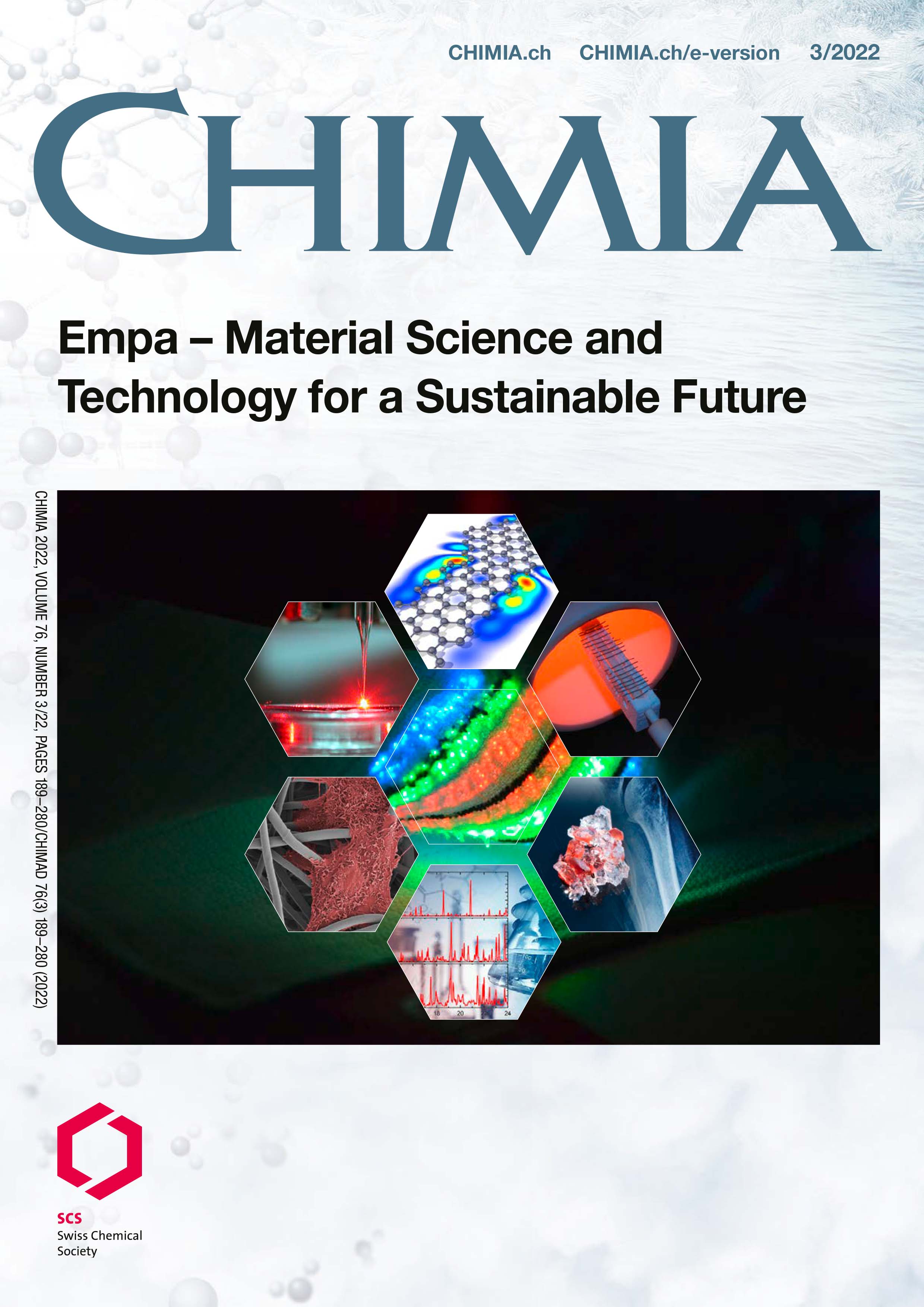From Synthesis to Microstructure: Engineering the High-entropy Ceramic Materials of the Future
DOI:
https://doi.org/10.2533/chimia.2022.212PMID:
38069735Keywords:
High entropy ceramics, Microstructural engineering, Powder synthesisAbstract
Sintering and microstructural development in ceramics has long been studied in a two-dimensional grain size-density space, with only texture (i.e. deviation of grain orientation from random) used to gain first insights into additional parametric spaces. Following an increased interest for grain boundary engineering and a deeper understanding of dopant effects on sintering and grain boundaries, the theory of complexion transitions for ceramics has been introduced over the last decade, providing a new base for advanced microstructure engineering in ceramics. With emergence of high entropy ceramics over the last 5 years, the combination of both yields new grounds for exploration and engineering of functional ceramic materials of the future.
Downloads
Published
Issue
Section
License
Copyright (c) 2022 Amy J. Knorpp, Jon G. Bell, Shangxiong Huangfu, Michael Stuer

This work is licensed under a Creative Commons Attribution 4.0 International License.







